In the era ofclimate instability and the growing concern for sustainability, the recycling of water resources is becoming increasingly important. An effective way to reduce dependence on traditional water sources and help conserve fresh water is rainwater recovery. This ancient practice is gaining popularity all over the world, especially for home garden crops. In this article, we’ll explore the benefits of rainwater harvesting and how you can use it efficiently to water your garden plants. We will discover the different rainwater harvesting techniques, filtering and conservation systems and practical advice to maximize the benefits of this precious resource.
Combining sustainability with self-sufficiency, we will learn how to make a difference in our community and contribute to environmental protection by recovering rainwater for vegetable garden crops.
What are the advantages of rainwater recovery?
Rainwater recovery is a sustainable and responsible practice, which contributes to the efficient management of water resources and promotes environmental conservation. It also offers numerous advantages not only for the environment but also for the farmers who cultivate home gardens. Here are some:
- using rainwater reduces dependence on traditional water resources, such as drinking water or surface water resources. This helps conserve limited freshwater and reduce the exploitation of existing water sources;
- harvesting rainwater can reduce expenses associated with purchasing potable water or using tap water. In the medium to long term, this can lead to significant savings on your water bill;
- by using rainwater to irrigate your garden, you become less dependent on rainfall or external supplies. This makes the garden more self-sufficient, allowing plants to be grown even during periods of drought or water restrictions;
- by collecting rainwater, the flow of water flowing into sewers or drainage systems is reduced. This can help prevent flooding of streets and overloading of the sewer system during heavy rains;
- rainwater is usually free of chemicals, such as the chlorine used in drinking water treatment. Therefore, the use of rainwater can provide a more natural and healthy alternative for watering plants in the garden;
- recovering rainwater reduces the need to exploit surface or underground water resources. This contributes to the conservation of the environment and the protection of aquatic ecosystems, as the pressure on the water available in nature is reduced.
What are rainwater harvesting techniques?

There are different rainwater harvesting techniques, which obviously need to be adapted to your specific situation.
The easiest way is by using the canopies or gutters of the houses. Rainwater flowing from the roof can be collected using gutters and pipes that convey the water to a cistern or tank.
Another system, more expensive, is that of permeable flooring. Using porous or permeable pavers in the courtyard or outdoor spaces allows water to seep into the ground and recharge the underground aquifers.
More artisanally, rainwater can be recovered through collection tanks or containers placed in the ground to capture rainwater that naturally flows through paths or drainage areas.
Finally, if you have the space available, you can build basins or ponds to collect and store rainwater, which can also be used as a wildlife habitat.
What are rainwater conservation systems?

Rainwater collected, for example from a gutter, must be stored in order to be able to use it as needed.
There are various possibilities for conveying and storing rainwater.
The simplest way is the use of cisterns, tanks or tanks, which can be buried or positioned above ground level. Make sure they are made from materials that are safe for drinking water. On the market there are different types of cisterns and collection tanks, with different capacities, connection systems and costs. Here you will find a selection.
With a little ingenuity it is also possible to use modular storage systems, such as stackable concrete blocks, to create tanks that can be customized according to rainwater harvesting needs.
How to filter rainwater?
For efficient use of rainwater, a filtering system must be used upstream of the chosen storage container. In this way, the water that will come out of the collection tank will be clean and free from debris that over time would block the irrigation pipes that reach the garden.
Also in this case there are different filtering systems.
The simplest is the use of fine filters, using simple nets or real fine filters to block debris, leaves and other solid materials from the recovered rainwater before storing it. Here you will find a selection, obviously to be adapted to the collection and storage system you have chosen.
Other types of filtration are those that use activated carbon filters or sand filters, thanks to which it is possible to remove impurities, odors and chemical compounds from the collected water, making it safer for watering plants.
How to get from the collection system to the garden?
Once the rainwater has been collected, the problem must arise of how to get the water to the garden e thus irrigate crops in the right way.
The choice between using simple gravity pressure or installing a hydraulic pump depends on several factors, such as the distance between the cistern or tank and the garden, the difference in height between them and the amount of water necessary.
If the cistern or tank is placed at a higher level than the vegetable garden and the distance between them is relatively short, simple gravity pressure can be used. The water flows through a pipe or duct that connects the cistern to the garden and is delivered by gravity. However, it is important to consider that the effectiveness of this method may decrease if the distance between the tank and the garden is significant or if the height difference is small.
In case the cistern or tank is at a lower level than the vegetable garden or if the distance is considerable, it may be necessary to install a hydraulic pump. A pump can be used to push water from the tank to the garden, overcoming the height difference and ensuring a constant and adequate flow of water for irrigation.
Here you will find a selection of different equipment, with different powers and water flow capacities
The choice therefore depends on the specific circumstances and requirements of the rainwater harvesting system.
How to maximize the benefits of rainwater recovery for garden irrigation?
Here are some practical tips to maximize the benefits of your rainwater recovery system.
First, monitor the amount of water collected and use it to optimize watering of plants without waste using a drip irrigation system
Manage the time and frequency of watering based on plant needs and weather conditions. Avoid overwatering, as this can lead to overwatering and drainage problems. Monitor soil moisture closely and water only when necessary.
Use ground cover materials, namely the natural mulch, such as straw or wood chips, around the plants in the garden. This helps hold moisture in the soil, reducing the need for frequent watering.
Use rainwater in times of drought or during scheduled irrigation, thereby minimizing the use of potable water.
Consider installing a recirculation system to allow for a continuous flow of water into the garden while minimizing stagnation of collected water.
Be sure to maintain and clean collection, filtration and storage systems on a regular basis to prevent accumulation of debris or contamination.
By following these collection, filtering, storage techniques and adopting good agronomic practices, you can maximize the efficiency and benefits of rainwater in garden irrigation, contributing to the sustainability and conservation of water resources.

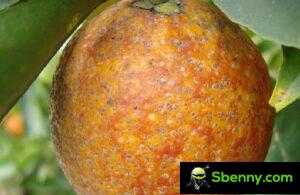

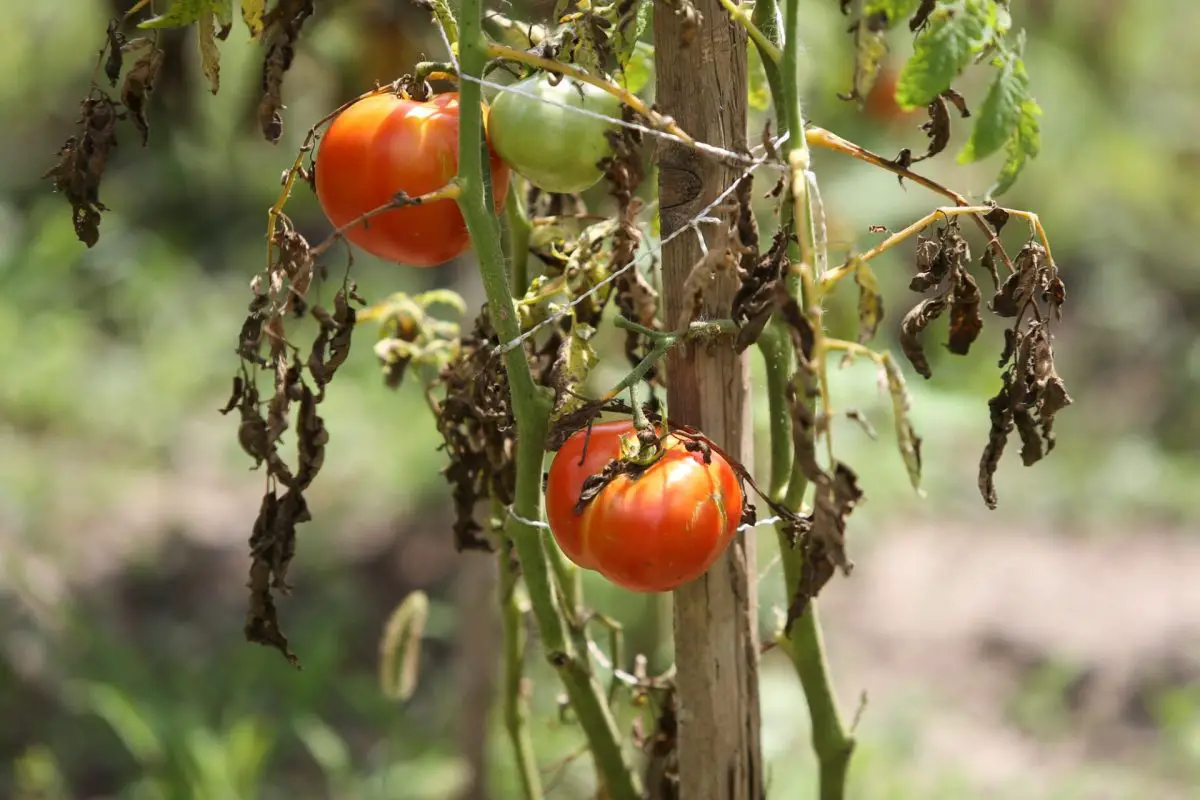
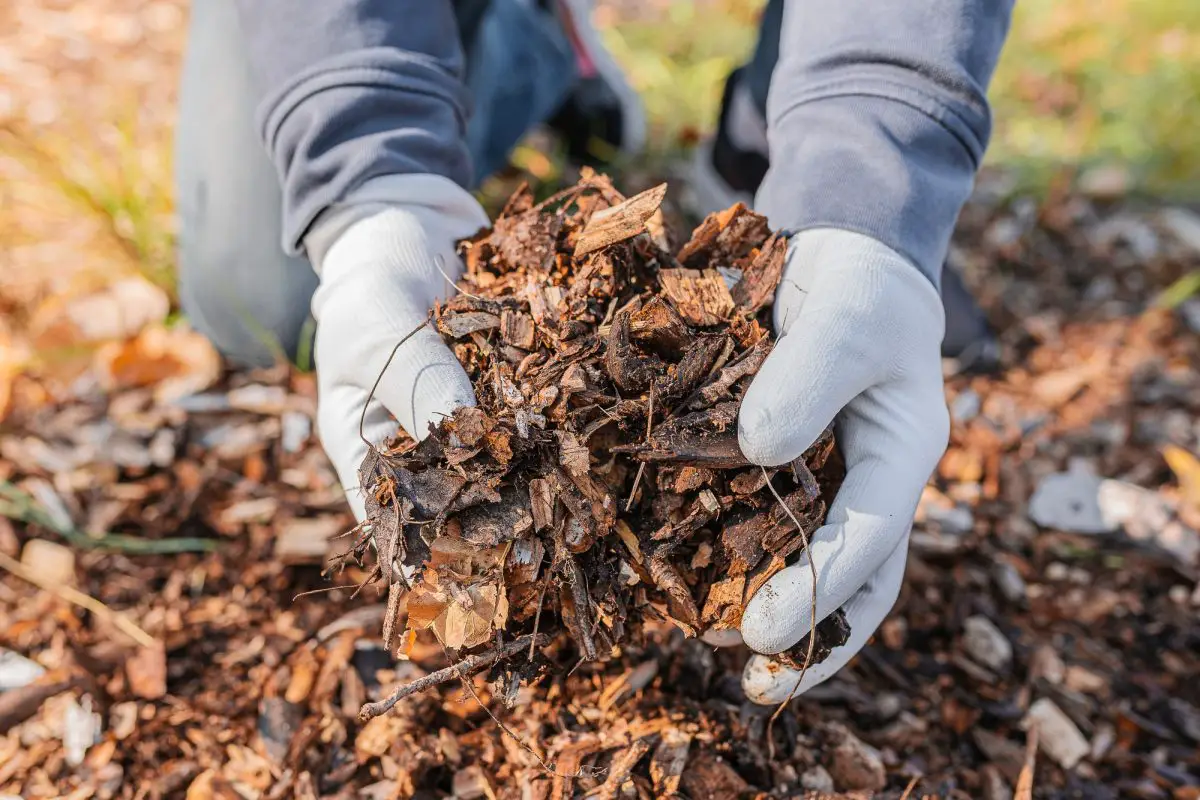
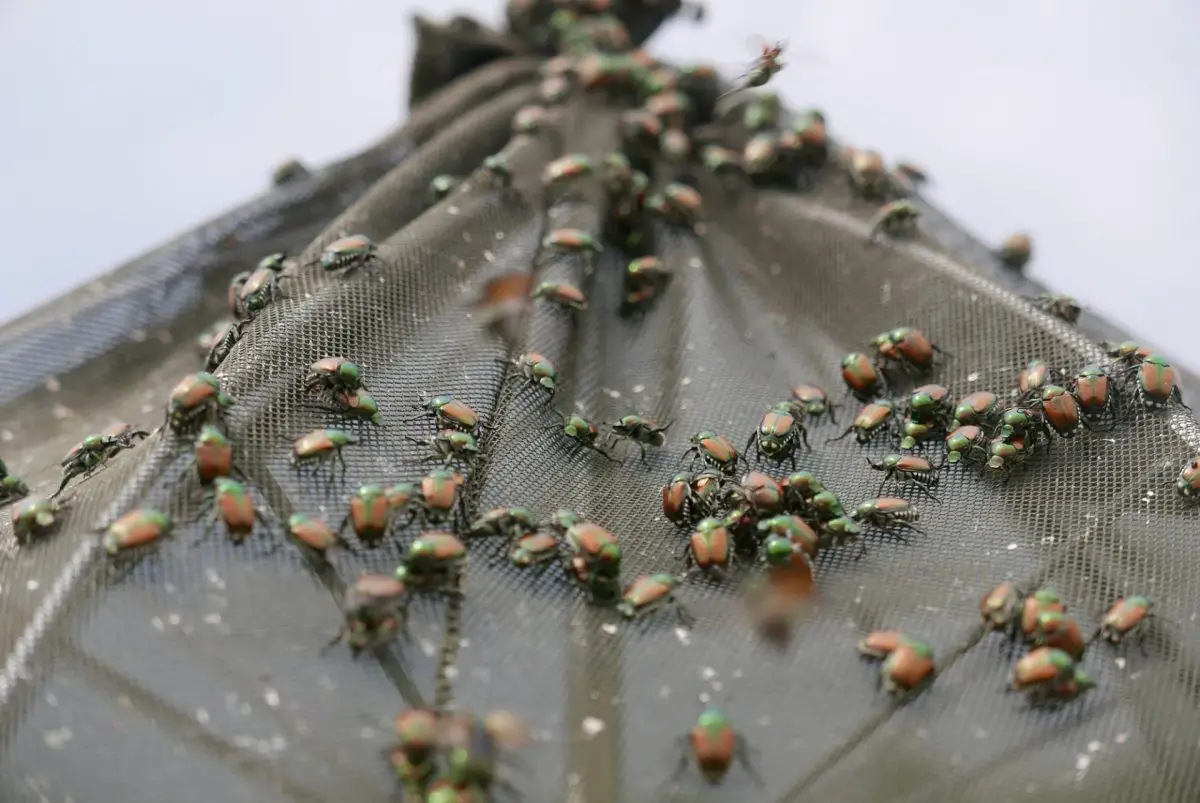
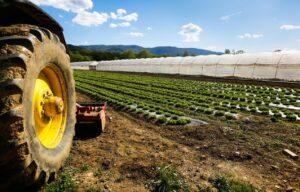
Start a new Thread